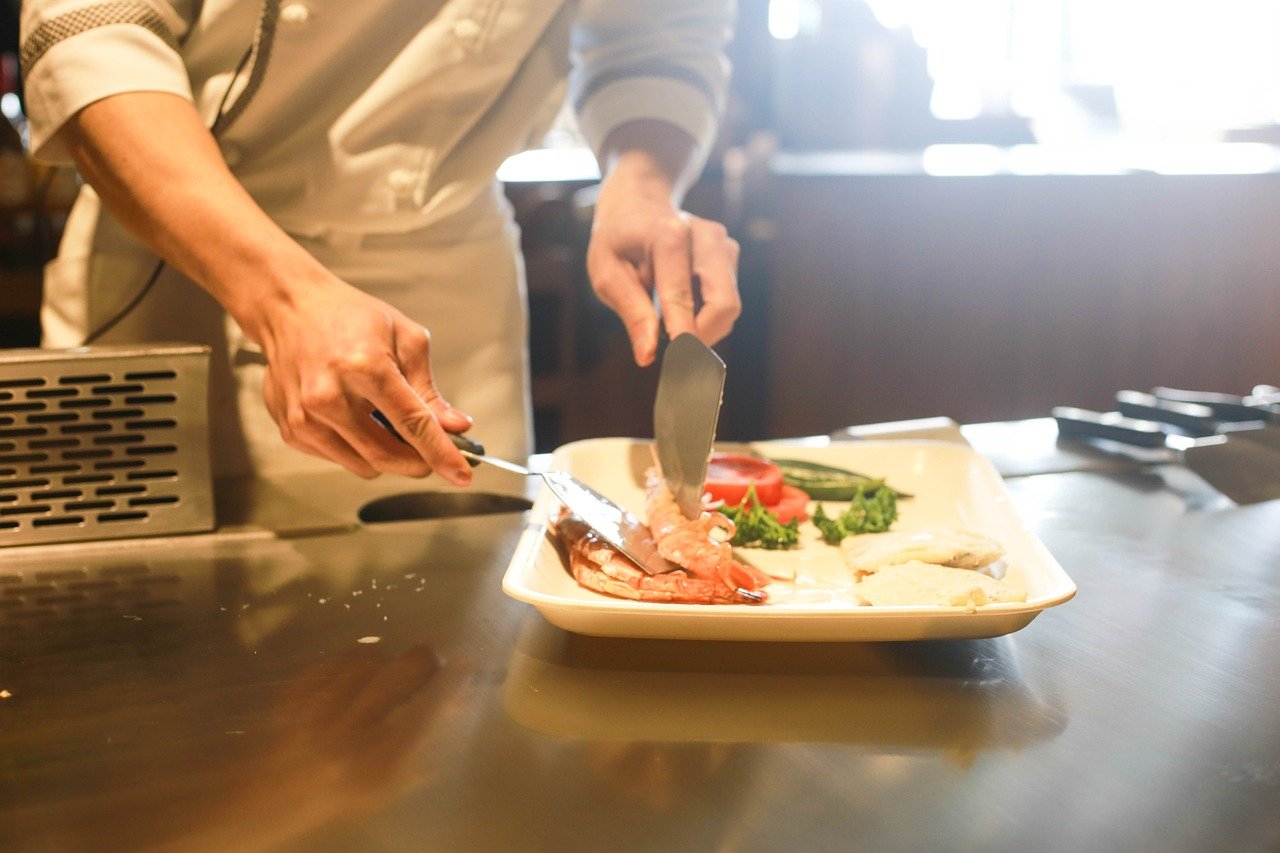Physical Address
304 North Cardinal St.
Dorchester Center, MA 02124
Physical Address
304 North Cardinal St.
Dorchester Center, MA 02124


Water is one of our planet’s most precious resources, yet it’s easy to overlook how much we use in everyday tasks like cooking. Whether you’re boiling pasta, rinsing vegetables, or washing dishes, there are countless ways to cut back on water usage in the kitchen. These small changes can make a big difference, not only for the environment but also for your water bill. Let’s explore actionable tips to help you create a water-efficient cooking routine that aligns with a sustainable lifestyle.
The kitchen is one of the largest consumers of water in the home. According to EPA WaterSense, an average household in the U.S. uses over 10,000 gallons of water annually on activities like cooking and cleaning. Much of this water waste stems from habits that we don’t even think about, such as letting the tap run unnecessarily. Adopting water-saving practices can contribute to reducing global water shortages while saving you money.
Instead of rinsing vegetables under running water, fill a bowl or basin and wash them there. Afterward, reuse the leftover water for plants or cleaning tasks. This simple switch can save gallons of water each week.
When boiling pasta or steaming vegetables, don’t pour the leftover water down the drain. This nutrient-rich water can be cooled and used to water your garden. For instance, a study by the University of Illinois found that starchy water from cooking pasta is particularly beneficial for plants due to its minerals.
Investing in a colander or steamer basket can help minimize the need for excessive water. A steamer requires only a fraction of the water needed for boiling, and colanders make draining easier without unnecessary splashes.
Cooking with the lid on your pots traps steam, allowing food to cook faster while using less water. This technique is particularly effective for boiling and steaming dishes.
Steaming uses significantly less water than boiling and preserves more nutrients in your food. For example, instead of boiling carrots in a large pot, steam them with just a cup of water. Not only will you save water, but you’ll also enjoy a healthier meal.
The Patel family in India decided to track their water consumption for a week. They found that rinsing vegetables, boiling rice, and washing dishes were their biggest water drains. By switching to rinsing vegetables in a bowl and using leftover cooking water for their plants, they reduced their kitchen water use by 40%. Additionally, they began composting food scraps to further minimize their environmental impact. These small changes became a family bonding activity, showing how sustainable practices can be easy and rewarding.
Reducing water usage in the kitchen isn’t just about cooking. Here are other habits you can adopt:
Saving water in the kitchen is an easy yet impactful way to embrace a sustainable lifestyle. By adopting even a few of the tips above, you can make a meaningful difference in conserving this vital resource. We at EcoTipsEveryday.com believe that small changes can create big ripples in sustainability efforts.
Have you tried any of these water-saving tips in your kitchen? What are your favorite ways to conserve water while cooking? Share your thoughts in the comments or connect with us on social media. Let’s inspire each other to make every drop count.